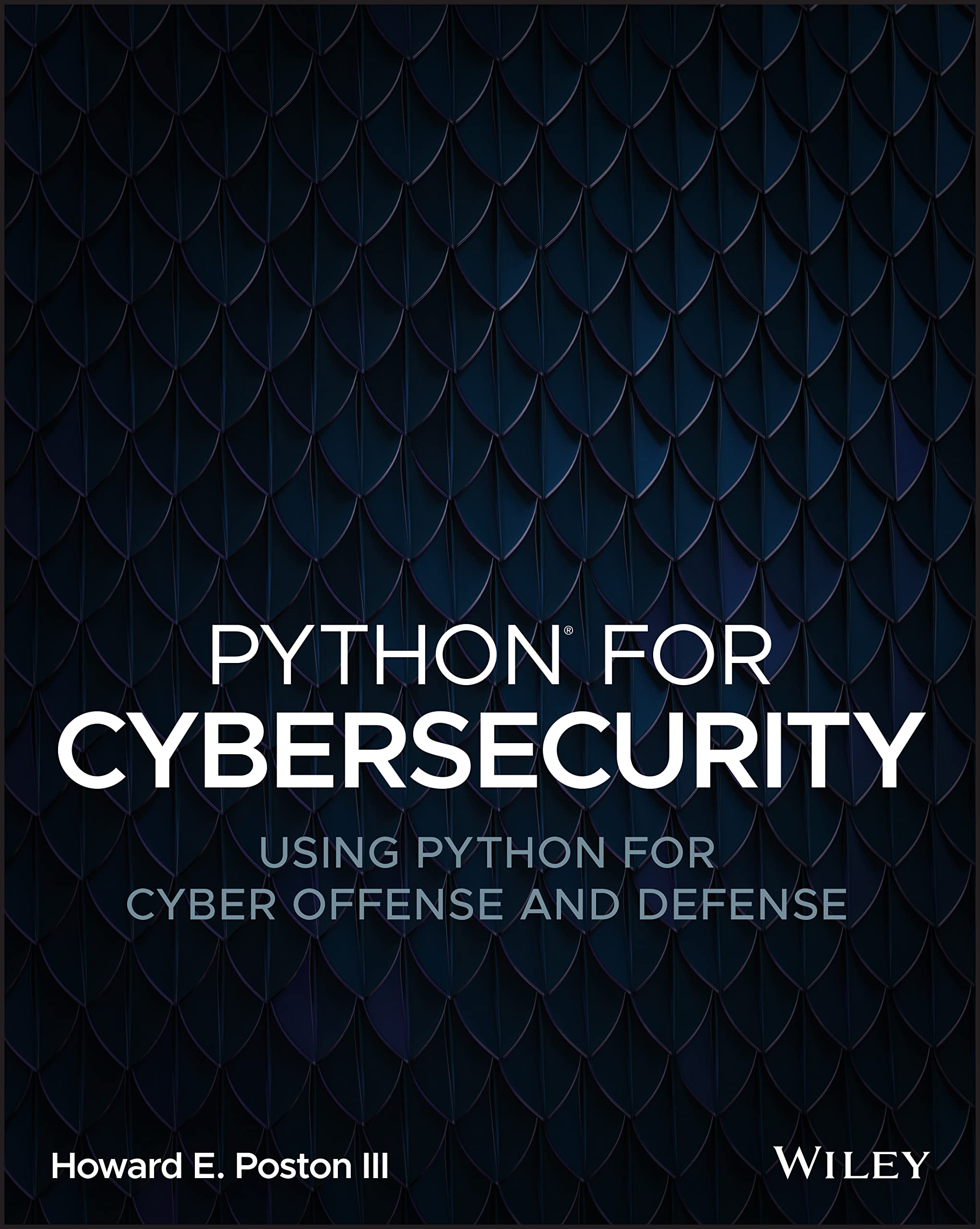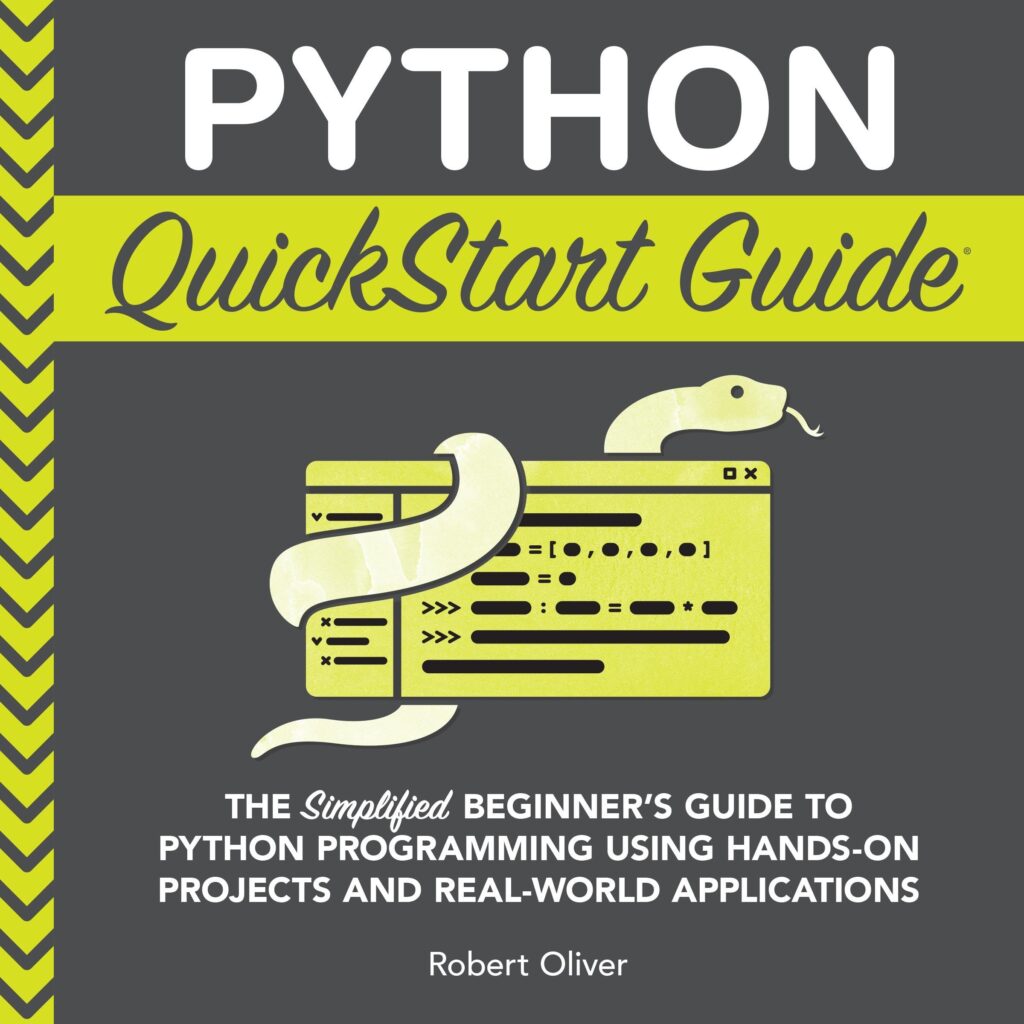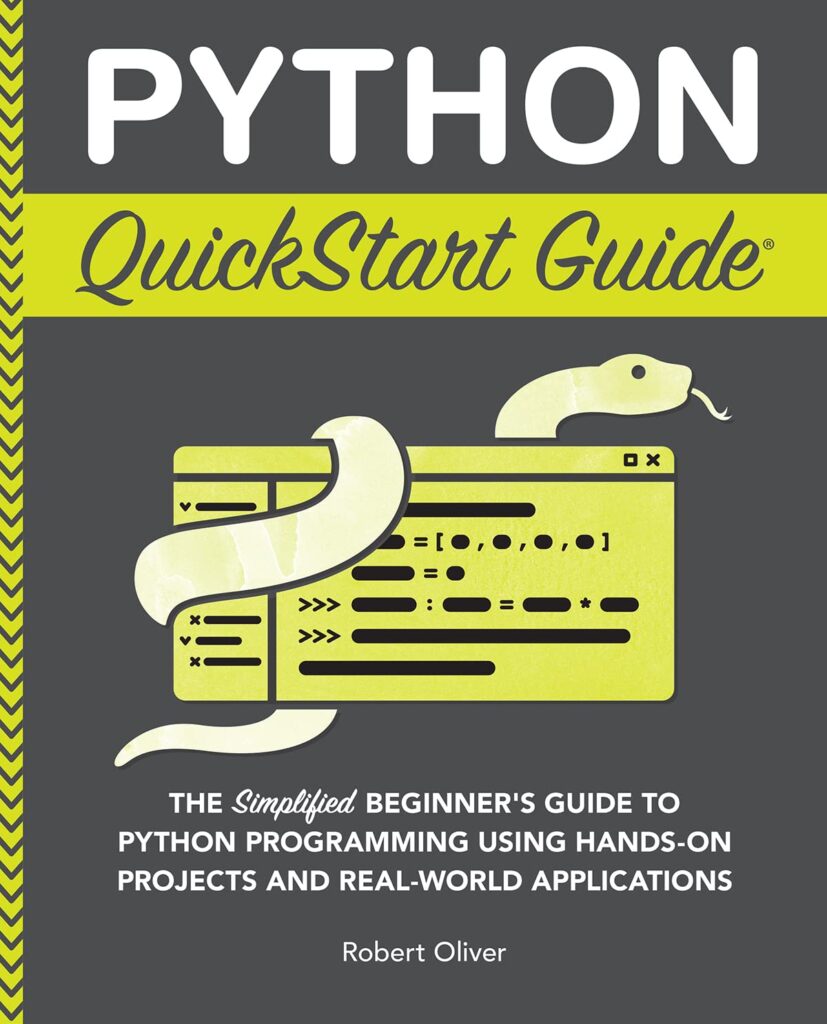If you’re into cybersecurity and you are looking to beef up your skills, then “Python for Cybersecurity: Using Python for Cyber Offense and Defense” is your jam. This book is like a Swiss Army knife for anyone who wants to explore the realm of cyber threats and defenses using Python—a language that’s become pretty much the gold standard for this field.
So who exactly is this book for? Here’s the scoop:
- Beginners in Cybersecurity: If you’re just starting out, the book breaks down complex concepts into digestible bits. You’ll learn the ropes and get hands-on with real-world examples.
- Python Newbies: Even if you’re not a pro coder, the author does a solid job of ensuring you grasp the Python basics while applying them to cybersecurity scenarios. It’s practical learning at its best.
- Experienced Pros: If you’ve already dipped your toes in cybersecurity or Python, this book serves as a refreshing reminder of how to wield Python for cyber offense and defense. You’ll find new techniques to hone your skills and tackle challenges from a different angle.
- Security Enthusiasts: For those who just have a passion for keeping systems safe, the book is ideal for deepening your understanding of how Python can automate tasks and analyze data for cyber threats.
The layout of the book is also pretty easy to use. Each chapter is packed with hands-on projects that reinforce what you’ve learned and allow you to apply your new skills immediately. The author doesn’t just throw a bunch of jargon at you; instead, you’ll find a logical progression that arms you with practical tools and knowledge.
One of the coolest aspects? It doesn’t shy away from the darker side of cybersecurity. You’ll get a taste of both offense and defense—think penetration testing and incident response. This duality especially important since understanding how attackers consider can give you the upper hand in defense.







